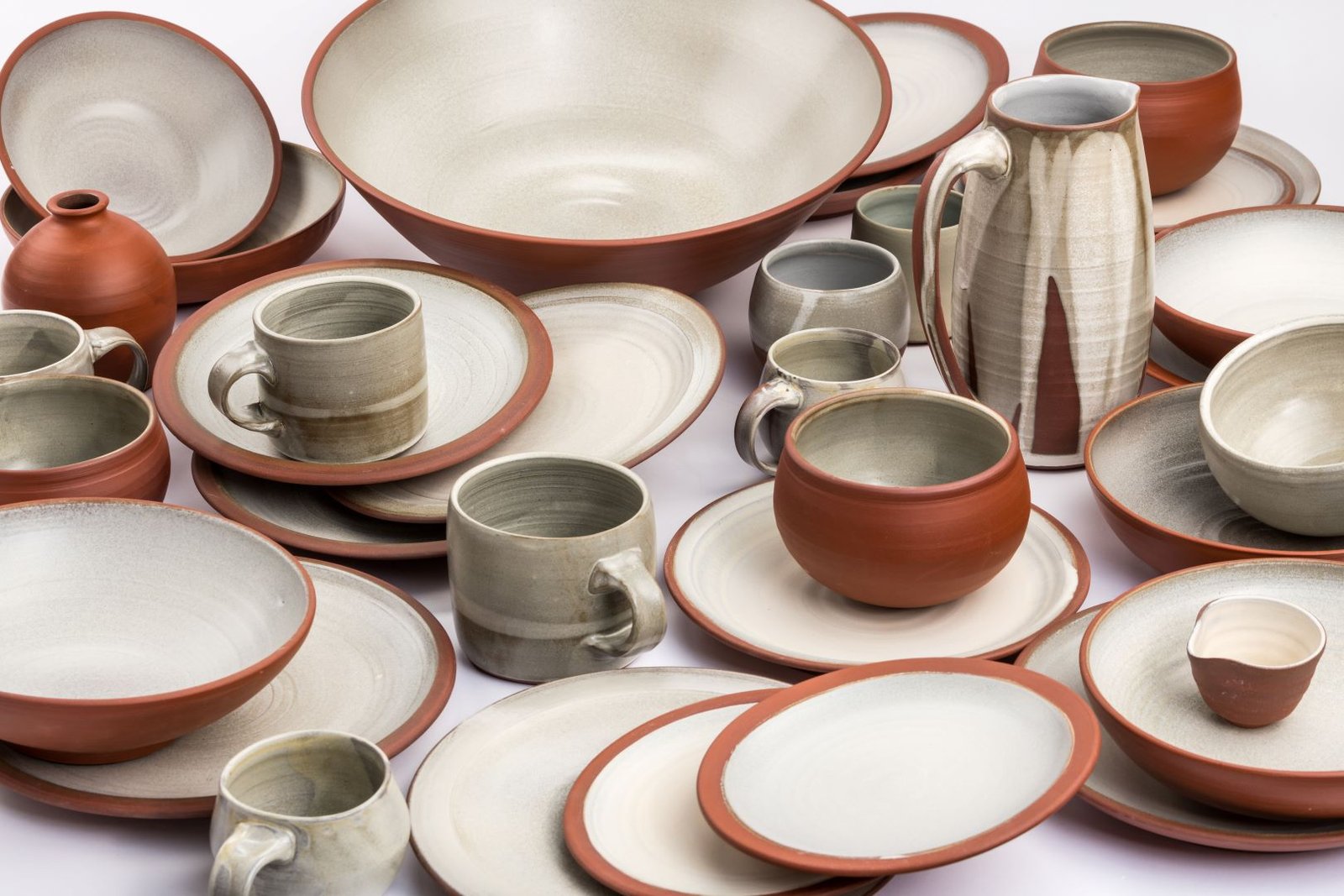Leaving my home on Galiano Island to attend a 10 month ceramic program at the Kootenay School of the Arts in Nelson was a big deal for me. Leaving that program was just as big a deal, and the transition was a confusing one too, especially as I had not given myself adequate time at the end to wrap up. I stuffed all of my emotions in with the many boxes of pottery I was packing for home and for storage, telling myself that “future me” would deal with the mess. I had to move out of what had essentially been my home for those 10 months quickly, and there was no time to process.
“Will I revert back to the same numbing production mindset that robbed me of presence and creativity? Had I learned anything at all? “
I came home to the same beautiful island I left. Driving home along the one main road I saw the same beaches, the same horizon, the same forest with prospering firs and dying cedar trees – and the same me in the rearview mirror. It was like I hadn’t left at all. I felt air swell up in my throat. Will I revert back to the same numbing production mindset that robbed me of presence and creativity? Had I learned anything at all?
A few days later I sat down at my wheel in my studio. Three weeks had passed since I had thrown and over 10 months had elapsed since I sat at my own wheel. My seat felt too high, my stool was too hard, and my wheel was much lower than I remembered. I threw a ball of clay onto the wheel head and stepped on the pedal. The clay was too wet to work with easily – it was sloppy and floppy – but it was the only clay I had that was somewhat workable. I pushed anyway, desperate for results. Cylinder after cylinder came down, and my pile of clay to reclaim grew.
Just as I approached the edges of frustration, a memory from Nelson emerged. In my last few weeks at school I got into throwing larger pieces, tall enough that I had to stand so that my arm could pull the clay out from the very bottom to the top. To get that much clay up, I had to work efficiently, scooping large amounts with each pull before I oversaturated the pot with water and weakened its ability to stand. I had to pull with confidence: there was no room to panic.
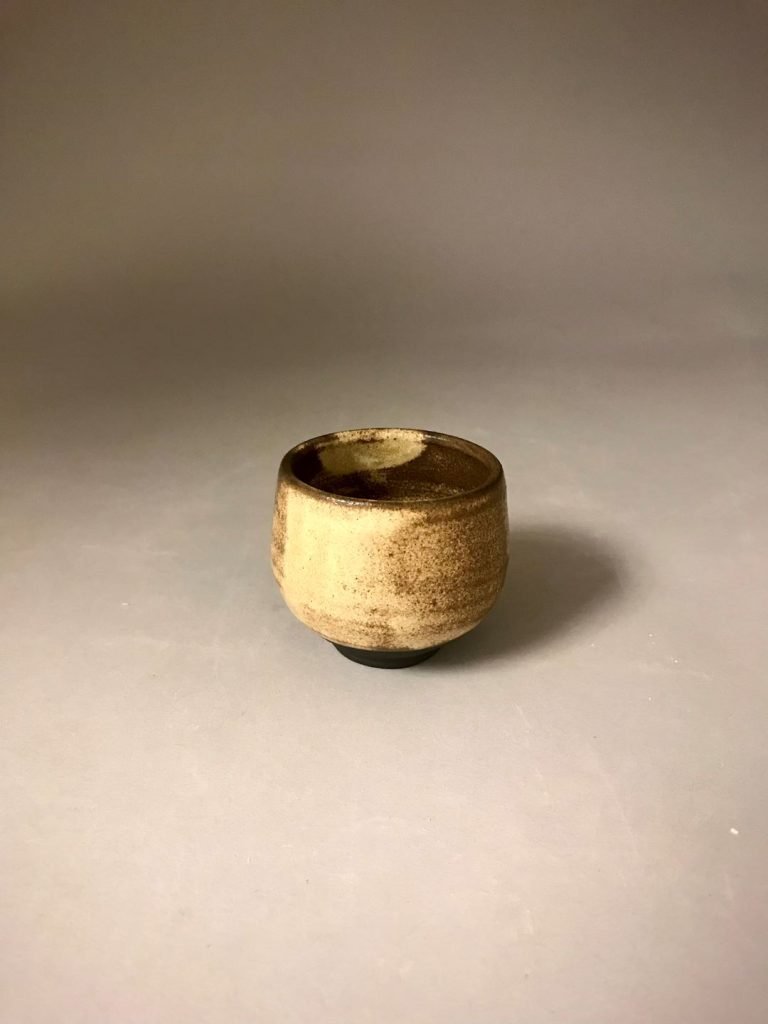
This scooping and pulling, the essential mechanics of throwing, are more apparent when there is more clay to move, especially on a visual level. You can see your inside finger bulge the clay out to the outside as the other hand’s knuckle helps support its upward movement. For me, seeing while doing stimulates an embodied understanding of a skill, its process and technique.
The more I throw and learn on an embodied level, the more I wire that action into my hands and the better I get at it. The better I get, the more confidence I gain, and the less I doubt or panic when it doesn’t seem to go my way on the wheel.
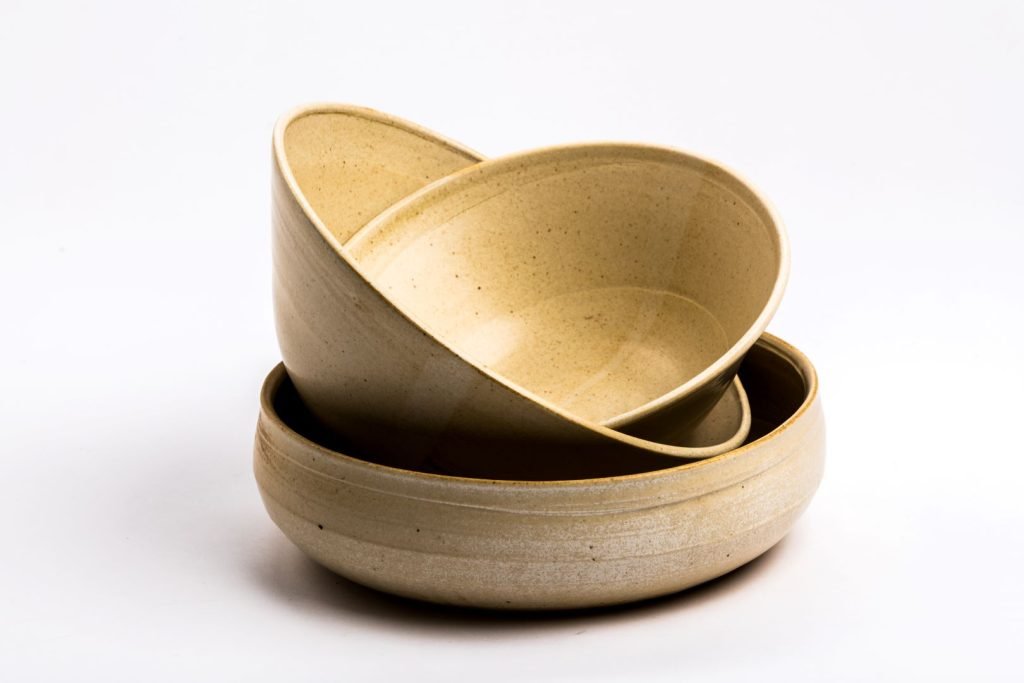
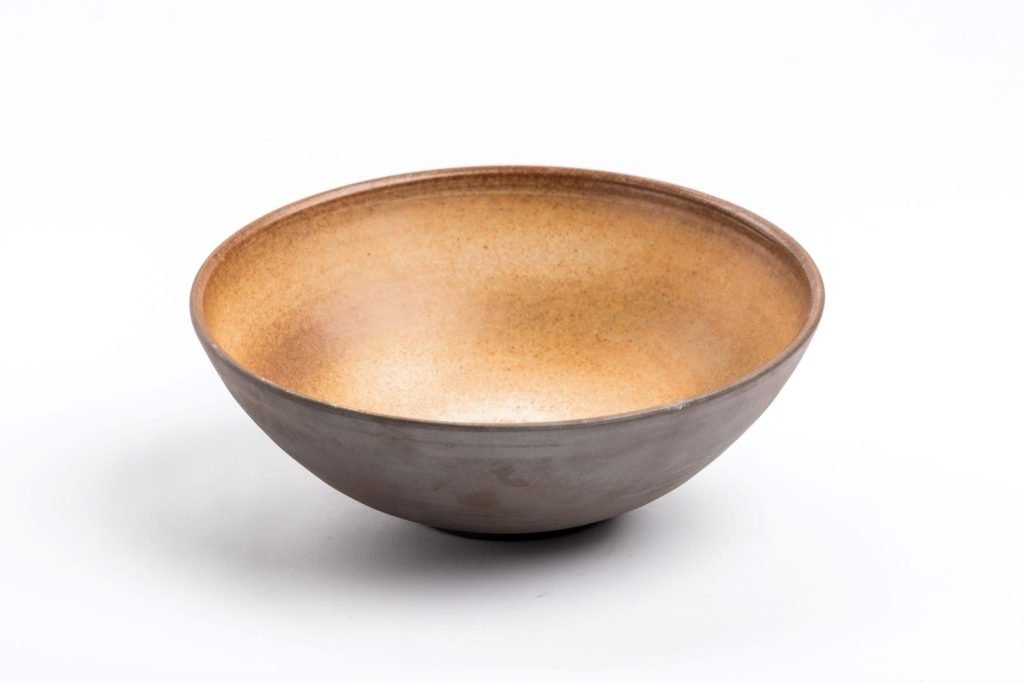

But when I did panic or feel myself losing the clay back at school, I learned that I could save a cylinder about to buckle if I just slowed down, refocused and directed strength to my fingers and hands. I had never before been able to cinch a cylinder that was teetering on the edge of collapse straight again.
So there I was back at my wheel at home, about to buckle myself, when I remembered what I had learned. I released pressure off the pedal to slow the wheel down and paid attention, letting my fingers and hands direct the clay. I slowed down my breathing and felt where the clay wanted to go itself, ready to redirect it. I ironed the warp out of the clay and secured it back straight.

Seeing something straighten like a soldier seconds after it seemed ready to crumple felt like a magical feat the first time it happened. It continues to feel that way actually and learning how to take back control of clay in that way is one of the final lessons I brought home from school.
Other lessons emerged throughout that week at home. When I trimmed, I remembered how our studio technician, Cameron Stewart, encouraged me to minimize how much and how high up a bowl I trimmed.
“When you trim, you’re erasing the gestural qualities of throwing, you’re making it more mechanical. You’re taking away the soul of the bowl.”
It resonated with me, so that when I found myself trimming a bowl at home, about to move the tool halfway up to the rim, I stopped myself and limited my trimming to defining the foot and not much more. It’s not to say that a mechanical aesthetic is bad. It’s more about being aware of it and ensuring that it’s a conscious choice rather than a habit. I learned a lot from Cam, too much to list here, but that’s just one of the things that came up that week and that I now carry with me into my practice.
So yes, I have learned some things. I made a lot of test glazes and a lot of pots, including a giant coil vessel I made in a garage when the studio had closed for the night. It was so big that I had to straddle it between my legs and arms in the back seat of a vehicle to get it to school for firing.
Yes, I made a lot of things. I really went big, and then I went home, where I am still processing how significant this whole experience has been for me. It wouldn’t be such a big deal if it wasn’t for my teachers and their generosity of time and care. I don’t have the words to adequately express my gratitude to them, nor the space here to list everything they’ve done for me, and for all of us who were looking for something we didn’t know. I just hope I can give back to the community in the way that they have.

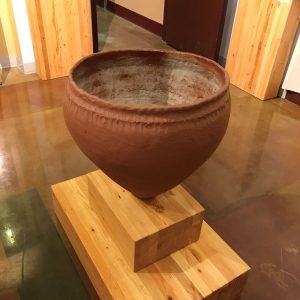
Ilana Fonariov is the 2022 recipient of the Micki MacKenzie Educational Craft Bursary, which aims to assist individuals in their pursuit of a career in the field of craft and to help promote the development of excellence in crafts in BC.
You can read more about her education experience through her previous blog posts, “Consider” and “Flux”.

